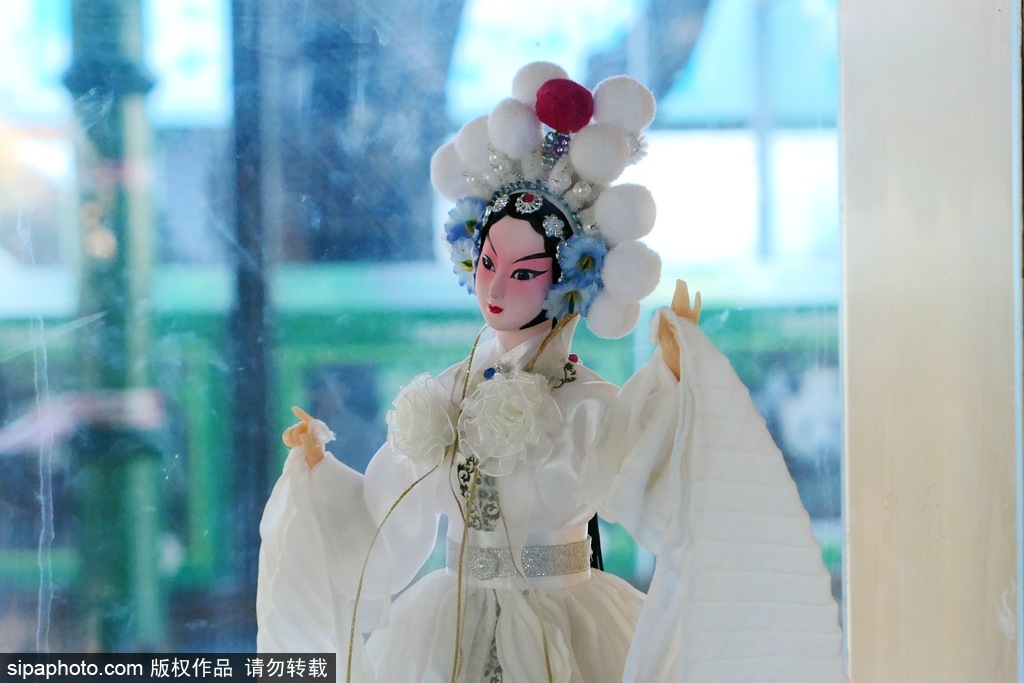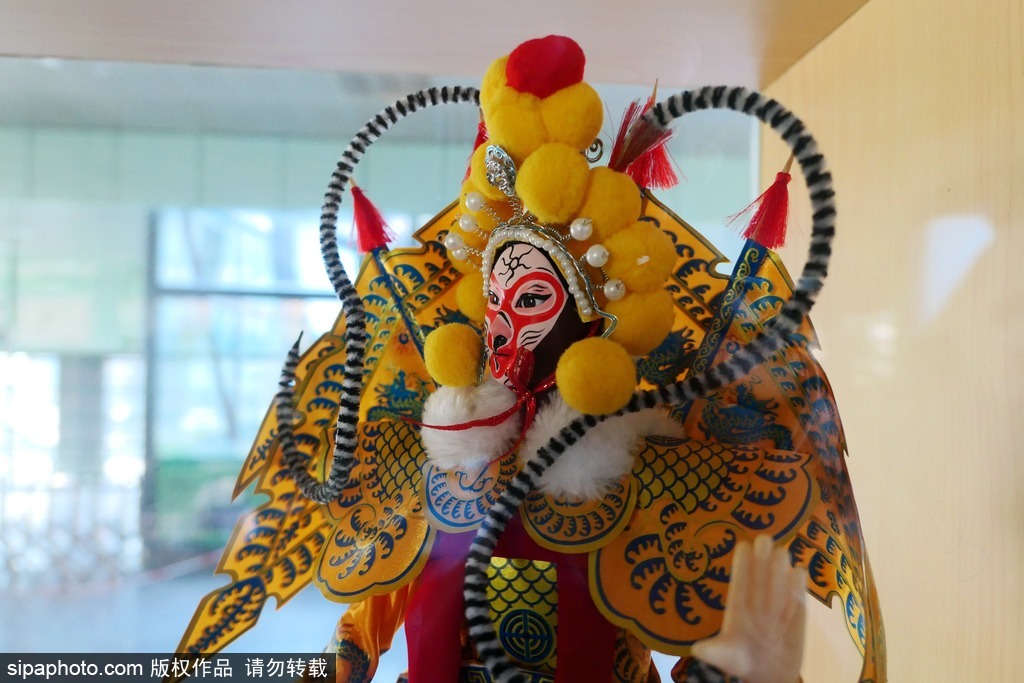Overall Introduction
Beijing Silk Figurines are a unique traditional folk art form from Beijing, handcrafted human figures made primarily from silk with over a thousand years of history. Silk figurines are a type of sculptural human form. Folk textile handicrafts like "needle felting" and "colored fabric sculpting" are closely related to them. The subject matter is drawn from characters in Chinese folk tales, theatrical works, and ethnic dance poses from successive dynasties. Through over a dozen intricate handcraft steps like sculpting, painting, costuming, prop-making, and headpiece creation, artisans bring these lifelike three-dimensional human figures to vivid realization. Their heads, faces, and hands are made from silkworm silk, while the entire figure, inside and out, is crafted from fine silk and gauze fabrics - hence the name "silk figurines."

On May 24, 2021, Beijing Silk Figurines, submitted by Dongcheng District in Beijing, were approved by the State Council for inclusion in the extended Representative List of National Intangible Cultural Heritage projects. (Ⅶ-70)

Characteristics
Beijing Silk Figurines are exquisitely crafted with varied expressions, vibrant colors, and elegant styling, possessing high artistic appreciation and collection value. Constructed with wire armatures, cotton stuffing for body mass, silk gauze for skin, real silk for hair, and painted silk for costumes - these sculpted figurines often depict characters from Chinese folktales and legends, traditional operas, scholar-beauties in ancient attire, as well as dance characters. Over a dozen steps like sculpting, molding, painting, and sewing by skilled artisans ultimately bring these vividly lifelike three-dimensional figurines to form.
Origins
In ancient times, bamboo and paper were widely used in Chinese folk handicrafts to create all sorts of objects. As early as the Tang Dynasty (618-907 AD), colored fabric sculpting was prevalent in rural Fujian, initially using paper to sculpt birds, beasts, flowers, fish and insects. Later it progressed to depicting popular plays and mythological stories as sculpted lanterns for public display and appreciation. This lantern sculpting craft gradually evolved into colored fabric handicrafts. According to the Dongjing Menghua Lu, artisans in the Northern Song could cut patterns to create human forms and tailor silk garments for them. Silk figurines were also made among the folk arts of the Ming Dynasty.
In the Qing Dynasty, figurines of the God of Longevity and Goddess of Silk were sculpted from silk threads along with longevity peaches and longevity cakes as birthday gifts, though sadly the silk figurine craft was once lost.
The rebirth of modern Beijing Silk Figurines occurred in the mid-1950s after the founding of the PRC, when China was invited to an international doll exhibition in India. The Ministry of Culture tasked the All-China Women's Federation with creating exhibits, assigning the duty to comrades Ge Jing'an, Li Peifen, and Du Chongpu. Drawing from extensive research over two months, they successfully trial produced five works depicting ethnic minority women in time for the exhibition to positive reviews. This led to the establishment of a Beijing Sculptural Art Research Group that continued creating new works, embodying the new national spirit and ethnic styles. Compared to Western sculpted figures using plaster, clay, or wood for heads, Beijing Silk Figurines are crafted entirely from Chinese silks and gauzes, while the facial features, costumes, and expressions fully capture the Chinese aesthetic. As their main material is colored silk, they came to be known as "Beijing Silk Figurines."



